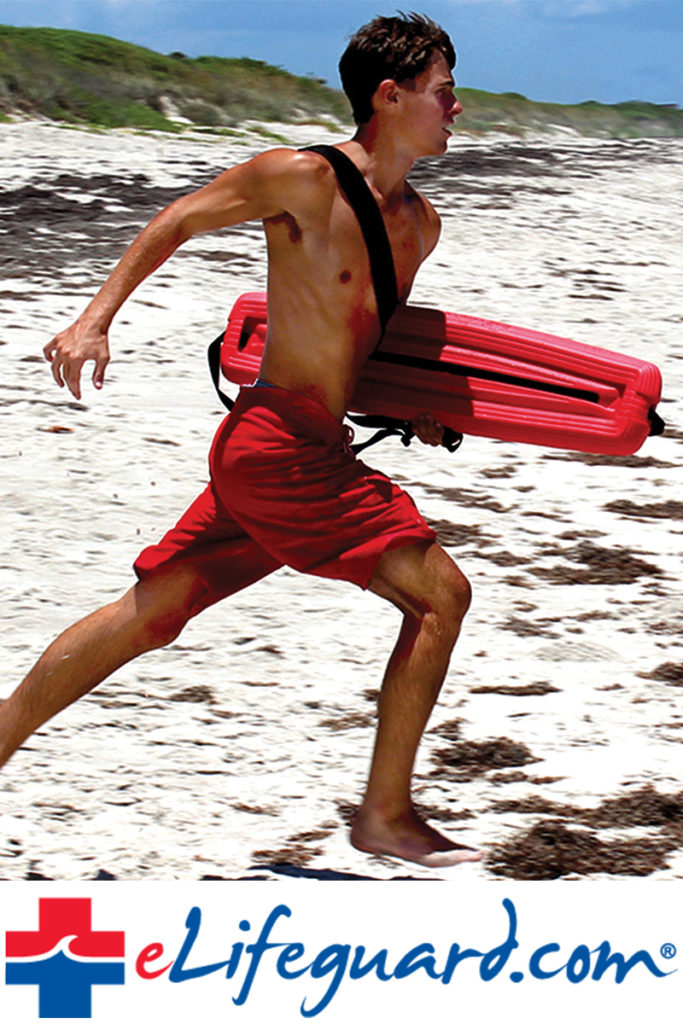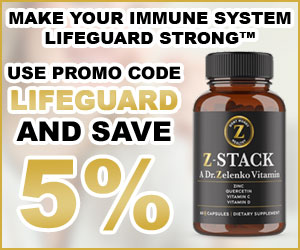What is the Ultraviolet radiation (UV) Index?
Lifeguards have tools of all kinds to help them do their jobs well. Some of those tools are physical ones, like a life rescue tube or a CPR kit. Others are tools of knowledge, like understanding how to read the UV Index. If you haven’t learned how to interpret the UV Index, look no further. Here’s your comprehensive guide.
The basics
The first question: What even is the UV index? It’s an international standard measurement system that tells you how strong the UV radiation is on any given day. The UV index operates on a numerical scale to show you numerically how strong the UV radiation is.
What is UV radiation?
 So you know what a UV index measures — UV radiation — but what exactly does that mean? UV radiation is non-ionizing that comes from the sun or any artificial sun-like light machines, like a tanning bed.
So you know what a UV index measures — UV radiation — but what exactly does that mean? UV radiation is non-ionizing that comes from the sun or any artificial sun-like light machines, like a tanning bed.
Is UV radiation bad?
Yes and no. UV radiation has benefits, like Vitamin D, but it’s really harmful to your skin. Too much exposure to UV radiation, or the sun’s powerful rays, can lead to skin cancer, expedited aging, and wrinkles.

Is the UV index bad?
The UV index itself is not bad. What it measures — UV radiation — is bad in high doses without sunscreen. But the UV index is a really helpful tool to monitor how much UV radiation exposure you’re getting.
How does the UV index scale work?
Luckily, this scale is easy to understand. It runs from 0 to 11+. The World Health Organization also color codes the scale, from green to purple. When you look at the UV index, use this key to find out what the number is telling you:
 0 – 2: Minimal danger.
0 – 2: Minimal danger.
3 – 5: Low risk.
6 – 7: Moderate risk.
8-10: High risk.
11+: Very high risk.
Check often!
To be sure you are not missing out on any lifeguard stories, please subscribe to our newsletter here!
For future articles about lifeguarding related industry topics, visit www.lifeguardtv.com





